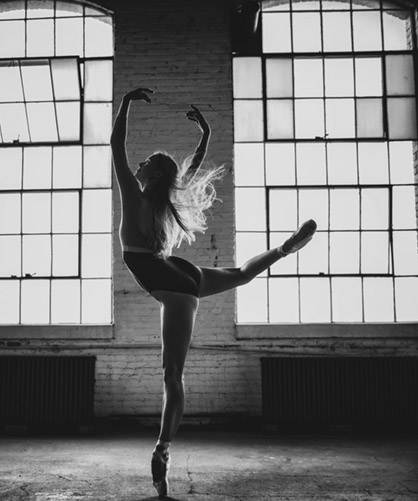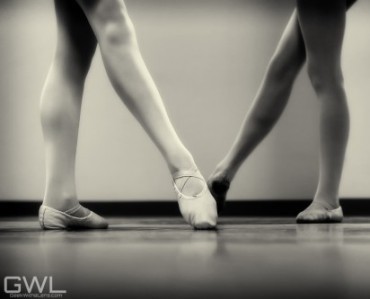
Dancer: Maggie Carey
Photo by: Geek With a Lens
So I have seen this list going around the internet for the past few years and I thought how, with few tweaks, it would be perfect for dance, or life in general for that matter. We have a saying in dance that goes, ‘Hard work beats talent when talent doesn’t work hard.’ Talent counts for a lot, but it’s not everything.
1. Being prompt and prepared. You should arrive at least 15 minutes early for class or rehearsal. Being on time is essential and that’s not just what time you arrive at the studio. That’s getting in the classroom before you’ve been called, getting out the barres, warming yourself up and calming your mind so it can focus on what it’s about to do. It’s about making sure you have what you need in your dance bag including shoes, snacks, water, band aids, etc. It’s being in dress code and/or having all parts of your costume. It’s looking neat and professional from head to foot. It’s leaving the outside world at the door and bringing all of yourself into class, rehearsal and performance every day.
2. Work Ethic. Students need to put forth 100% effort into everything they do: retaining corrections, learning combinations and executing them full out. Be willing to push yourself beyond what is comfortable and strive for greatness. A few years ago I had students tell me, ‘Well you know Meghan; she’s just good.’ I answered, ‘She’s not just good. When I gave her a correction about her pirouette, she went to the back and did it over and over again. It must have been about 50 times. Can you remember the last time you did a correction 50 times? Do you think maybe that’s why she’s good?’ You cannot expect results if you aren’t willing to put in the work it takes to achieve them.


